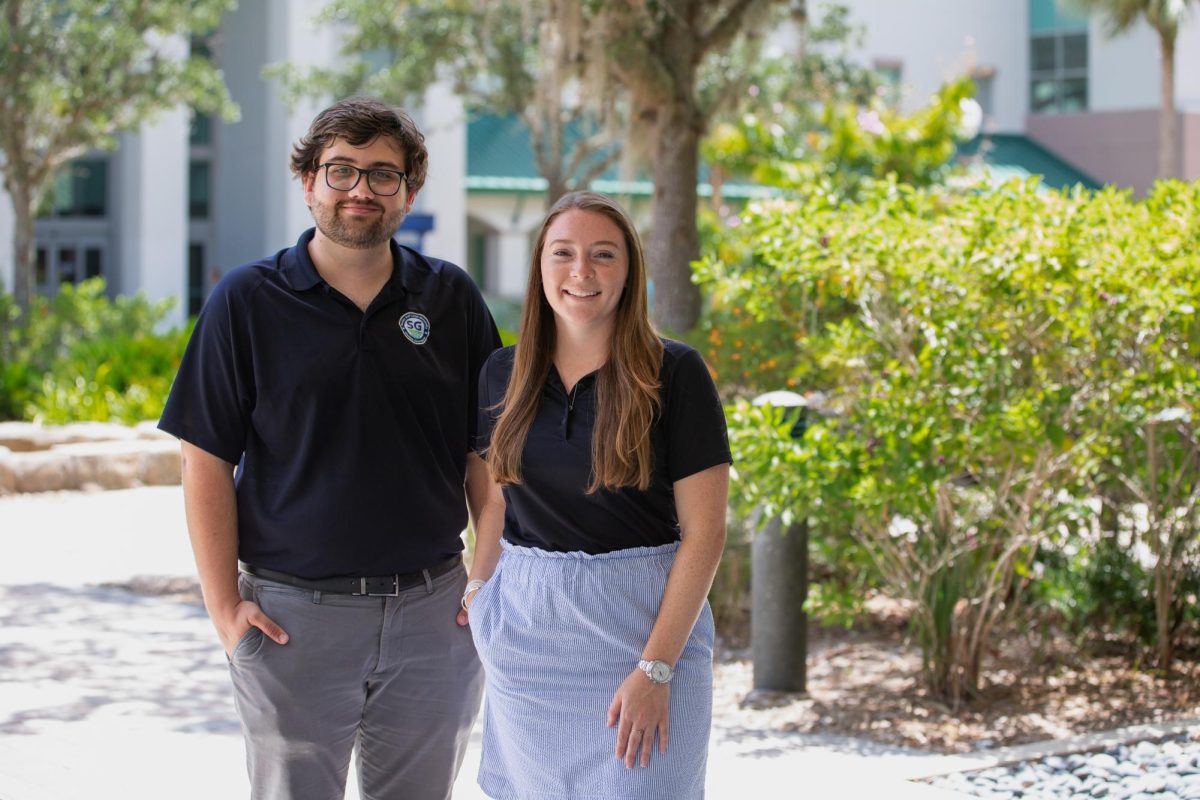By Krista Prince
Staff Writer
The Florida Fish and Wildlife Conservation Commission released its red tide status update on Friday, and it reports low to high concentrations both along shore and offshore Lee and Collier County.
This year, the red tide bloom has lasted nearly a year and is thought to have been the worst bloom since the 2005 hurricane season.
But why has the red tide bloom of 2018 been so bad?
Dr. Michael P. Crosby, president and CEO of Mote Marine Laboratory and Aquarium, states, “The ongoing red tide bloom is a naturally occurring cyclic event that is not initiated by outflows from Lake Okeechobee, nor inputs from the Caloosahatchee River.”
According to the National Centers for Coastal Ocean Science, unlike many harmful algal blooms (HABs) which are linked to coastal nutrient pollution, scientists have found no direct link between nutrient pollution and the start of red tide, or the frequency or severity of red tides.
There has also been no evidence to show a connection between global warming and worsening red tide blooms.
“Whether climate change will make these more frequent is something that we just don’t know right now,” Quay Dortch, a program manager for the National Oceanic and Atmospheric Administration said in an interview with USA Today.
The fact of the matter is that there hasn’t been enough research done in order to see if climate change and outflows from Lake Okeechobee are causing such a horrible outbreak of red tide in southwest Florida.
However, according to the National Centers for Coastal Ocean Science, the greatest nutrient source of red tide blooms was the decay and recycling of cyanobacteria (blue-green alga) Trichodesmium. This is exactly what is being brought from Lake Okeechobee to the Gulf of Mexico.
If the red tide algae have a higher amount of nutrients being brought to it, it is logical to see a link between more intense blooms.
Yes, red tide is a cyclical event, but it has never killed this much marine life before, and it has never devastated coastal communities on such a large scale.
Despite the lowering levels from earlier in the season, it is not time to forget about the upset of marine and coastal life.
The very fact that through hours of research all I could come up with while writing this article is that there isn’t enough evidence to support either claim.
This is a testament that something needs to be done.
We need people to pay attention because Florida is in a full-blown, but avoidable, water crisis.
We need to pay attention to the legislation and legislators who allow bills to pass that worsen the water quality in Florida.
We need to pay attention as FGCU students and citizens of a coastal community because of our experiences.
Dead fish and the smell of red tide are proof enough that something isn’t quite right.



































Marine ScientistPhD • Sep 9, 2018 at 6:42 pm
Mote CEO Crosby continues to waffle and obfuscate by saying that the nutrients and Trichodesmium did not INITIATE the red tide. That is like saying that a carcinogenic chemical did not cause/initiate the cancer, but instead it was that one cell that turned cancerous that initiated it. Any
knowledgeable scientist has to conclude excess nutrient inputs to the Gulf from coastal development and major sources like Lake Okeechobee and its outfall through the Caloosahatchee have great potential to feed any small red tide bloom and make it larger in extent, concentration and duration. Mote/Crosby apparently do not want to get on the bad side of donors like Mosaic, Big Sugar, and its major donors and Board of Trustees who have great financial interests in development and real estate. Mote has been talking about red tide for 50 years, supposedly working on it and spending millions of dollars on it for almost 40 years, and all with practically no useful results. Now Mote wants millions more in the way of political pork funding from Rubio and now even Nelson. Mote, as a private institution, has no accountability for the pork funding it has received, and it has no obligation to use the political pork money for the good of the state and public. Instead, it can use such funding to pay administrative and fund-raising costs, and to try to develop its new tourist attraction aquarium — to make even more money. Any research funding for red tide should not go to Mote through politically influenced pork. Instead it should be funded through a competitive, peer-reviewed grants process in which the best/and brightest scientists and best research institutions compete on merit, not on political influence. Funding for monitoring should not be diverted to a private entity like Mote, but instead should be directed toward Federal agencies (like NOAA), state agencies (like FDEP and FWC), and state universities — institutions that have a public mandate to act in the best interest of the region and state, and not just in their own self-interests like Mote.